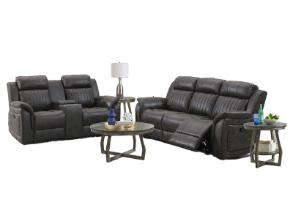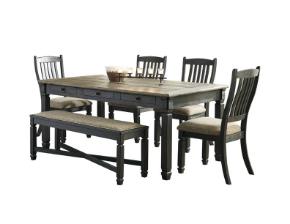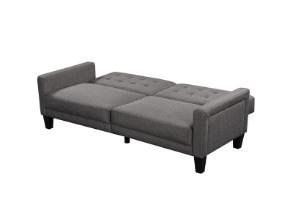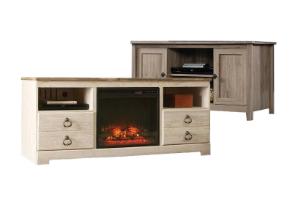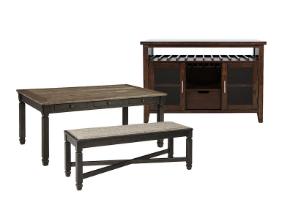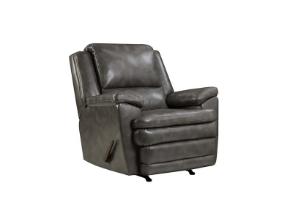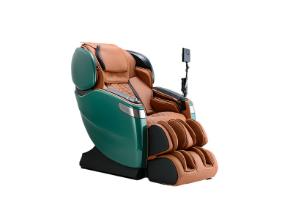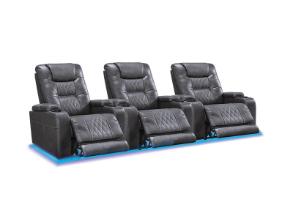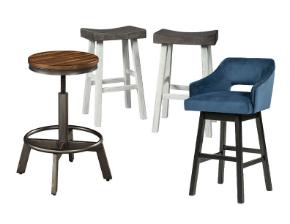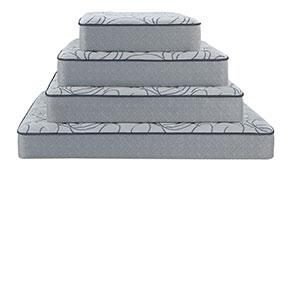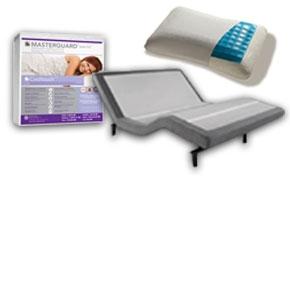Decoding the TV Technology Alphabet Soup: OLED, QNED, QLED, LED, 4K, and 8K
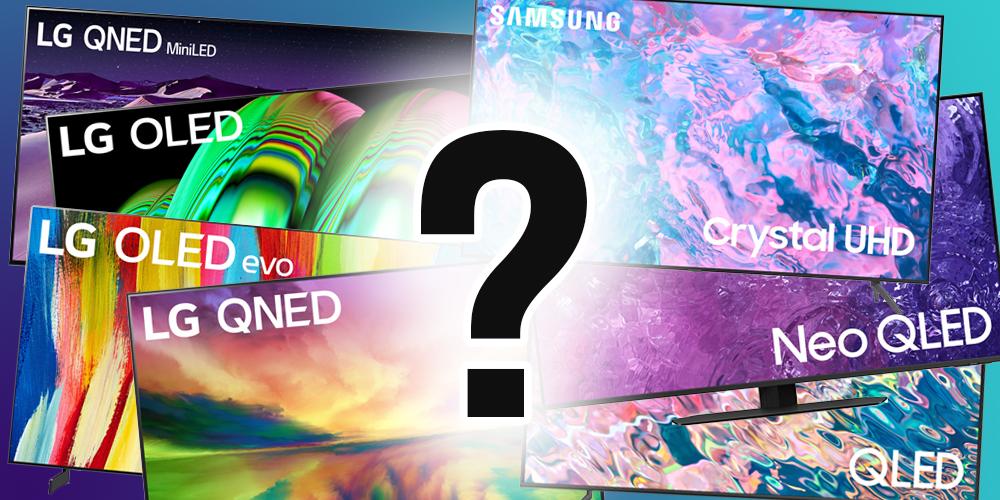
With the rapid advancement of technology, the world of televisions has become increasingly complex and diverse. Among the sea of acronyms and terms like OLED, QNED, QLED, LED, 4K, and 8K, it's easy to feel overwhelmed. In this blog, we'll demystify these terms and explore the key differences between these TV technologies, helping you make an informed decision when it comes to choosing your next television.
OLED (Organic Light Emitting Diode):
OLED TVs have gained popularity due to their exceptional picture quality. Unlike traditional LED TVs, OLEDs don't require a separate backlight. Each pixel in an OLED panel emits its own light, resulting in true blacks, vibrant colors, and excellent contrast. This technology enables OLED displays to achieve infinite contrast ratios, wider viewing angles, and faster response times, delivering a truly immersive visual experience.
Shop OLED TVs
QNED (Quantum Nano Emitting Diode):
QNED is a relatively new technology that combines quantum dot and nanocell technology. These TVs use a backlight with mini-LEDs and a layer of quantum dots to enhance color accuracy and brightness. By incorporating quantum dots, QNED displays can achieve a wider color gamut, resulting in more vivid and lifelike images. QNED technology aims to bridge the gap between OLED and QLED displays, offering improved picture quality at a more affordable price point.
Shop QNED TVs
QLED (Quantum Dot Light Emitting Diode):
QLED is a technology developed by Samsung that uses quantum dots to enhance the color performance of LED TVs. These tiny particles emit light when illuminated by a backlight, producing a wide color gamut and high peak brightness. QLED displays offer excellent color accuracy and brightness, making them a popular choice for those who prioritize vibrant visuals. While they provide impressive picture quality, QLEDs may not achieve the same level of contrast and viewing angles as OLEDs.
Shop QLED TVs
LED (Light Emitting Diode):
LED TVs are the most common and affordable option available today. They use an array of light-emitting diodes as a backlight source behind the liquid crystal display (LCD) panel. LED technology offers good brightness, energy efficiency, and a wide range of screen sizes. However, LED TVs may struggle with achieving deep blacks and can have more limited viewing angles compared to OLED and QLED displays.
4K and 8K Resolution:
Resolution refers to the number of pixels a TV screen can display. 4K resolution, also known as Ultra HD, consists of 3840x2160 pixels, four times the resolution of Full HD (1920x1080). 4K displays offer greater detail, sharpness, and improved clarity, especially on larger screens. 8K resolution takes it a step further, with a whopping 7680x4320 pixels, providing an even more immersive viewing experience. However, it's important to note that the availability of native 8K content is still limited.
When it comes to choosing a TV, understanding the differences between OLED, QNED, QLED, LED, 4K, and 8K technologies is crucial. OLED TVs excel in producing deep blacks, wide viewing angles, and vibrant colors. QNED aims to provide a balance between OLED and QLED with improved picture quality at a competitive price. QLED displays offer excellent color performance and brightness, while LED TVs remain a budget-friendly option. As for resolution, 4K and 8K provide greater detail and clarity, but the availability of native content should be considered.
Ultimately, your choice will depend on your preferences, budget, and the viewing environment. It's advisable to compare different models, consider the specific features and characteristics that matter to you, and if possible, experience the TVs in person before making a decision. With this knowledge in hand, you can confidently navigate the ever-evolving landscape of TV technology and find the perfect display for your entertainment needs.
Find all of the top brands at ABC Warehouse; LG, Samsung, Sony, and more! Get Free Delivery on TVs over 55" and Financing is available!


